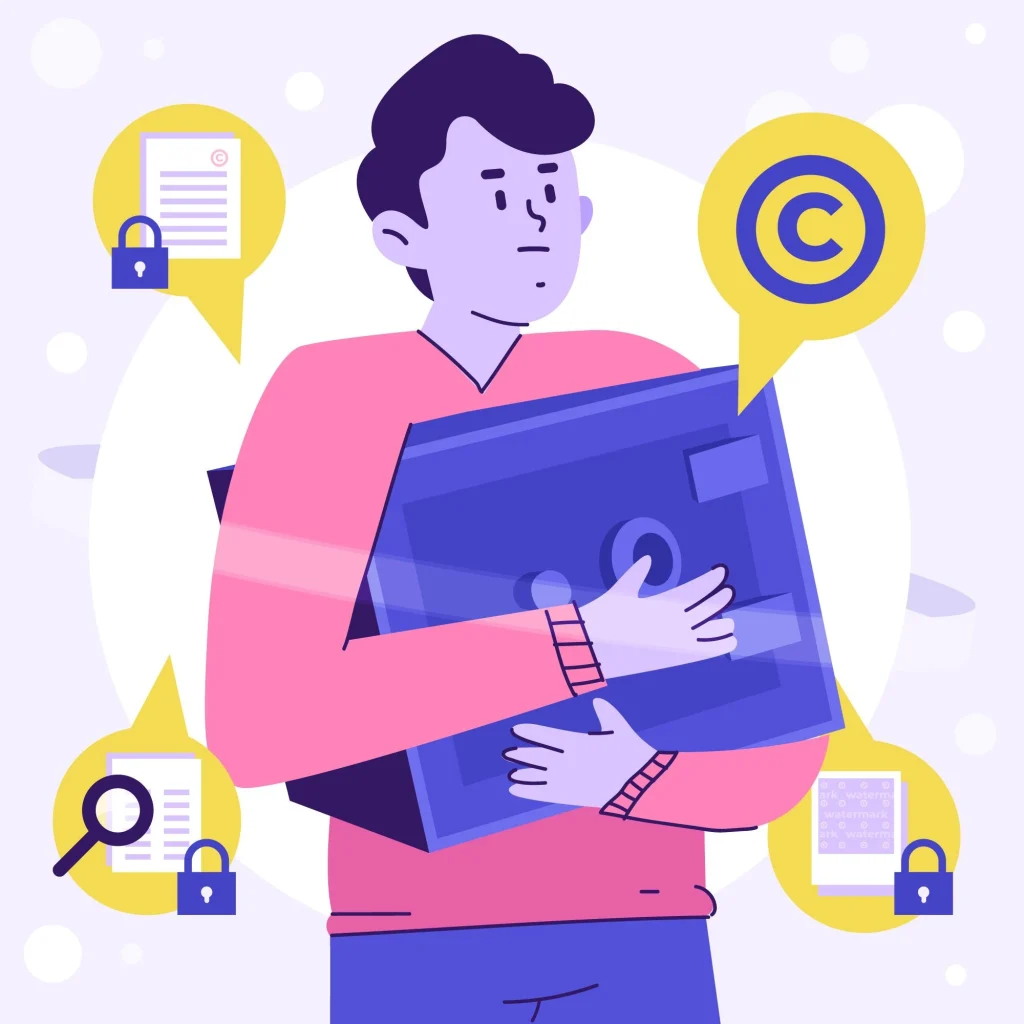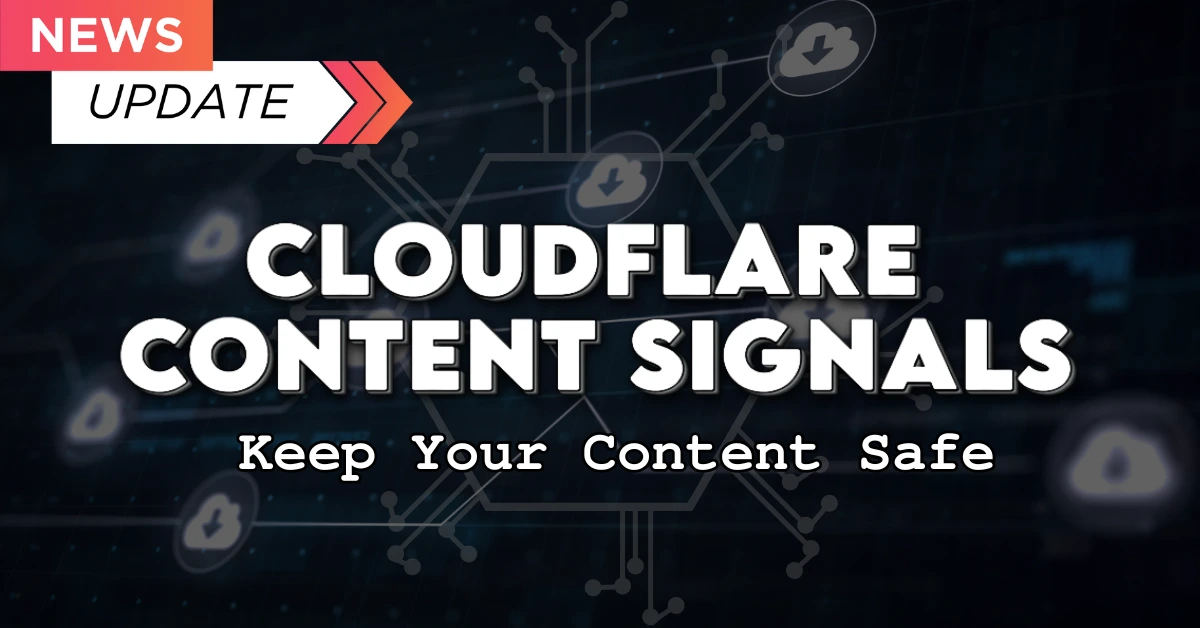Cloudflare just dropped a big update, and if you care about how your content is used online, this is worth paying attention to.
They’ve rolled out Content Signals, a new way to control (at least in theory) how search engines and AI systems use your site’s content.
But here’s the real question: Will Google actually listen?
What Changed: Robots.txt with AI-Specific Controls
Traditionally, robots.txt was a simple tool. You could allow or block search engines from crawling and indexing your site. With this update, Cloudflare is adding three new machine-readable directives:
search – Permission to index content for search results.
AI-input – Permission to use content for AI answers (like Google’s AI Overviews).
AI-train – Permission to use content for training AI models.For example, a site could allow search but block AI training like this:
User-Agent: *
Content-Signal: search=yes, ai-train=no
Allow: /
And if you’re a Cloudflare customer using their managed robots.txt service, these signals will be added automatically.
Want a more technical breakdown of how these directives work? Check out this article from Search Engine Land.
Why This Matters for SEO

As an SEO Specialist at TechSupport Plus IT Services, I see both the hope and the uncertainty here.
The hope: finally, publishers have a tool to say “yes to search, no to AI scraping.” With AI-generated answers taking traffic away from websites, this kind of control feels long overdue.
The uncertainty: robots.txt isn’t legally binding. Cloudflare admitted some companies may ignore these signals, and let’s be real, unless Google publicly commits to honoring them, this could end up being more symbolic than practical.
My Take: A Step Forward, But Not the Full Solution
From my perspective, this is a positive move in the right direction. It gives businesses and publishers at least some way to express their preferences. Before this, we had no way to separate “traditional search indexing” from “AI training” in robots.txt. It was all or nothing.
However, I doubt AI giants will voluntarily limit themselves unless regulations or strong industry standards push them to. For now, these signals are more like a polite “please” rather than a locked door.
What Businesses Should Do

If you run a business website, here’s my recommendation:
- Enable Content Signals if available – Even if compliance is uncertain, it’s better than having no signal at all.
- Pair it with bot management and firewalls – Don’t rely on robots.txt alone.
- Keep monitoring traffic sources – If AI continues eating clicks, you’ll need to adapt your content strategy.
Remember, protecting your content is part of protecting your digital service marketing investment.
Final Thoughts
Cloudflare is somehow right: bots could outnumber human traffic by 2029. That’s a scary thought for anyone building an online presence. While Content Signals won’t solve everything, it does set the stage for stronger standards in the future.
As SEOs, we need to keep asking the tough question: How much control do we really have over how our work is reused in the AI era?
For now, I’d say Cloudflare gave us a new shield—but whether it actually protects us depends on how the giants respond.
Need help protecting your website’s visibility and ranking in this fast-changing AI-driven world? Contact Tech Support Plus for a free consultation today.




